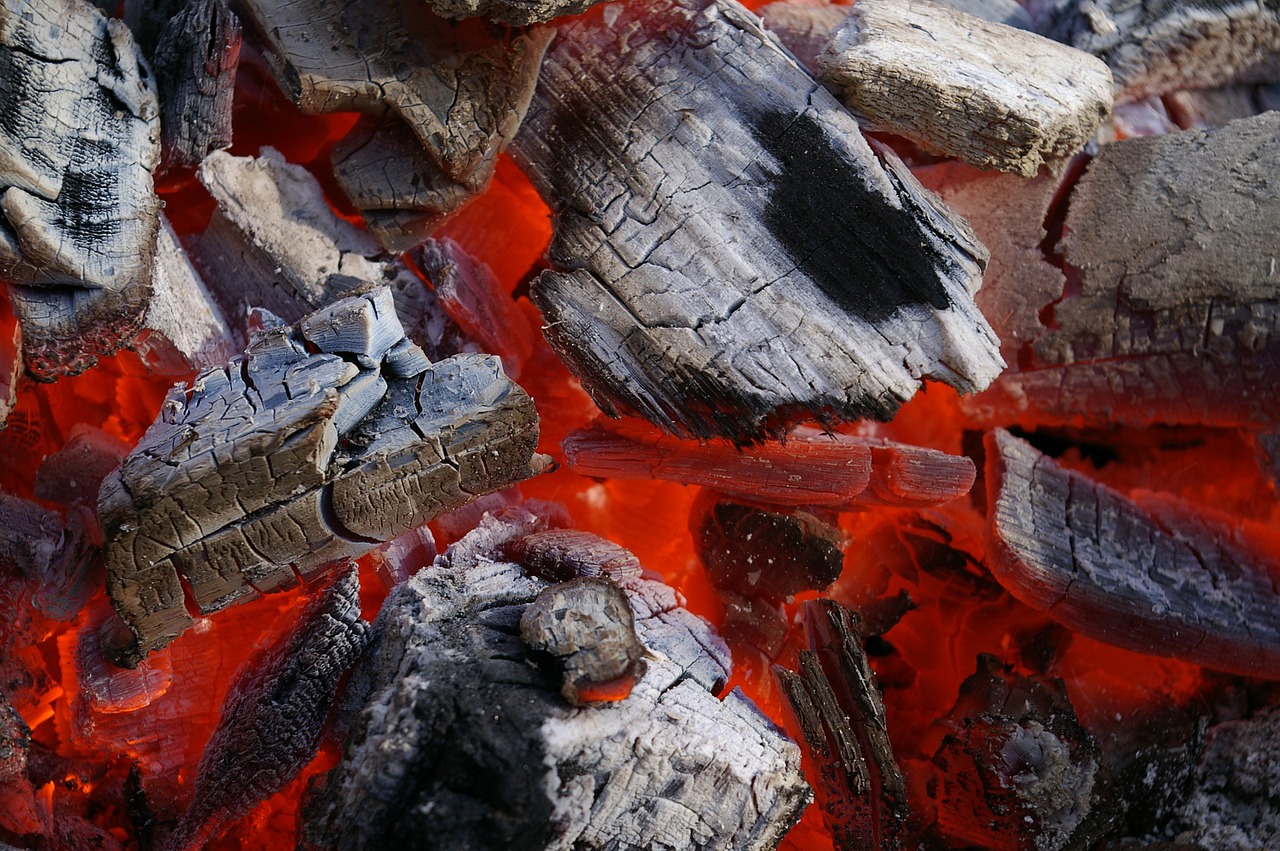A lot of reasons for having grilling could spark a struggle, for example, the significance of”grill .” With the proliferation of elaborate equipment — out of gas grills to pellet smokers into ceramic charcoal stoves — amateur cooks are now becoming more knowledgeable, and opinionated, about just how to cook food outdoors.
To a newbie, the area of charcoal might be overwhelming, particularly as the charcoal aisle of significant hardware and box stores generally appears like getting more crowded, together using hot chips and bumps of apple, cherry, cherry and also coconut timber. Nevertheless, the first barrier is digging this question: Can you use charcoal briquettes or lump charcoal, or also referred to as”natural” wood charcoal?
A lot of individuals having a comment on the issue may agree that there are benefits and disadvantages to each: Briquettes burn up off consistently, however they feature additives and also generate more ashes. Lump charcoal may burn hotter (convenient if you are searing meat) and will be made out of specific forests which render a hint of this temperament on your food. However, the lumps arrive in a mess of several sizes, a number which might possibly perhaps well not be evenly charred. And totes may comprise extra dust which will block the circulation of oxygen at a barbecue.
If earnings amounts settle a disagreement, subsequently briquettes and instantaneous mild charcoal continue to be the favorites far (they left up 94 per cent of their charcoal sent in 2012, based on the Hearth, Patio and Barbecue Association).
However, bulge charcoal is bringing fans, notably one of sea cooks readily obsessed about the word”natural,” which adorns not quite most the darkish purses full of lump charcoal available for sale. There are more than 75 brands available on industry. And there is a good tiny community for the DIY best charcoal chimney.

Craig Goldwyn (aka Meathead), that runs the authoritative Amazingribs.com: The Laboratory of BBQ & Grilling, ” he sees bulge charcoal”as only an expansion of this organic movement. It’s still a very small sliver of this current marketplace, however it reflects the people desire to possess less substance in their own food along with their cooking”
All charcoal is constructed from precisely exactly the exact identical item: timber burnt with minimal oxygen that all that’s left is carbon. But manufacturers of lump charcoal assert it’s superior due to its own purity — it comprises no additives such as routine briquettes or lighter fluid such as instant-light kinds.
Really, whilst lump charcoal and briquettes both seem as scrap timber, the uniform rounded contour of this briquette is due to an industrial process which is dependent upon additional substances, too. (Kingsford, the most important manufacturer of charcoal at the U.S., is somewhat vague regarding what’s because of its own briquettes, however, its site cites coal, lime stone, borax and corn starch.)
While sucking in a lot of smoke might lead to adverse health effects, there’s not any evidence that the additives at the briquettes have some affect food. Exactly what they really do impact, states meat-head, is control on the cooking procedure.
“I am attempting to instruct people how to cookand so I preach temperature. This usually means controlling heating is actually vital, and briquettes are only a rocksolid heat supply,” he states.
When it involves flavor using smoke,” meat-head writes, adding small quantities of timber at the shape of balls, chips, pellets, facsimile or sawdust in addition to the charcoal things longer than the charcoal itself. To put it differently, mesquite or hickory timber will add a great deal more smoke flavor compared to mesquite or hickory charcoal.
Some critical grillers actually like cooking with logs rather than charcoal, however, it’s really a far tougher job. That is because raw, burning timber still emits plenty of volatile gases (which can be gone once it’s been reduced to charcoal).
“You own a great deal of die hards who like the hardwood, and also what relating to hard-wood is it could really have a regional, ethnic facet,” Jeff Allen, executive manager of this National Barbecue Association, informs The Salt.
Allen notes people from Georgia or Alabama are very most likely to prefer pecan timber because that is among the most useful hard woods they have. Within Kansas City, still yet another motherland of sausage, the woods are filled up with hickory, in addition to apple and bamboo.
“If you examine the renowned iconic restaurants, then they are all using timber,” says Allen. By way of instance, Black’s Barbecue at Lockhart, Texas, slow-cooks its own meat 60-year-old-pits, with neighborhood walnut timber .
Grillers using good neighborhood timber might also be fascinated with the DIY charcoal movement. Virginia Tech and the Virginia Cooperative Extension Office are boosting homemade charcoal designed out of small kilns being an easy means to increase value to timber scraps or firewood. The”local gas for neighborhood food” idea has captured at some farmers markets from their country. (Check this out YouTube video show to view how it’s performed.)
As stated by Adam Downing, a Virginia extension officer, so it’s vital that you select the ideal timber to the sort of cooking that you would like todo.
“Should you use walnut, which could burn up hot and fast — best for a steak,” he states. “However, if you’d like a lower cook, then you’re desire charcoal generated out of the greater density wood such as walnut or hickory.”
Downing leaves out his charcoal of Ailanthus altissima, a non native bud tree which has invaded his land from Madison, Va.”It is the bane of all folks who’ve it in their land, however it leaves amazing charcoal,” he states.
For the bulge charcoal-obsessed who would rather purchase it, there is The Naked Whiz’s Lump Charcoal Database, that comprises detailed reviews of heaps of lump charcoal solutions.




